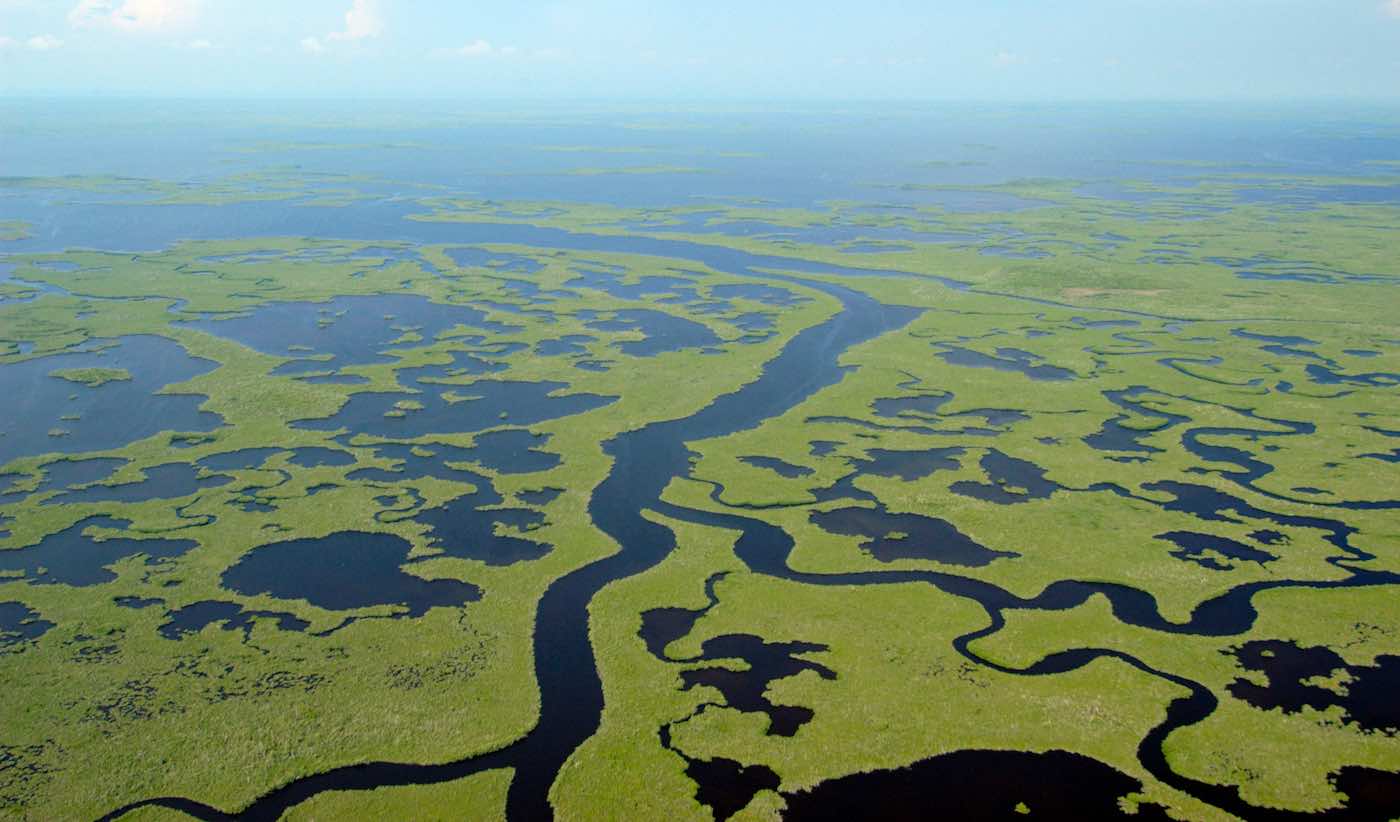The World Heritage Committee announced that significant improvements in the preservation of the Everglades National Park in Florida, and of the Río Plátano Biosphere Reserve in Honduras, were sufficient to warrant their removal from UNESCO’s list of endangered World Heritage Sites.
The committee, in its 31st meeting, reviewed the list of 830 World Heritage Sites, including 31 they have deemed in danger or under threat. Thanks in part to an $8 billion investment by the United States government and a Comprehensive Everglades Restoration Plan, the Florida site, described as a river of grass, has been well on the road to recovery since its placement on the Danger List fourteen years ago.
The Everglades’ exceptional variety of water habitats has made it a sanctuary for a large number of birds and reptiles, including threatened species such as the manatee. It had been threatened by urban growth and pollution, as well as by the damage caused to Florida Bay in 1992 by Hurricane Andrew.
The Río Plátano Biosphere Reserve, one of the few remaining tropical rainforests in Central America, has been rehabilitated over eleven years. The corrective measures, recommended by the World Conservation Union in 1996, helped restore the abundant and varied plant and wildlife that was under threat by encroachment of agriculture, timber trade and hunting. They also reclaimed a traditional way of life for the some 2,000 indigenous people of the mountainous forest.
The World Heritage Committee is the governing body of the 183 nation UNESCO World Heritage Convention, which seeks to identify, recognize and protect the world’s most significant natural and cultural heritage. Their website lists all the sites sorted by nation here.
RELATED: Congress Votes Overwhelmingly to Restore Everglades, November, 2000:
Rarely does support for environmental action arrive from such a broad base of citizens: Democrats and Republicans, landowners and environmentalists, farmers and home builders. Rep. Clay Shaw, R-Florida, called the plan “the biggest environmental restoration project in the history of the world.”




















